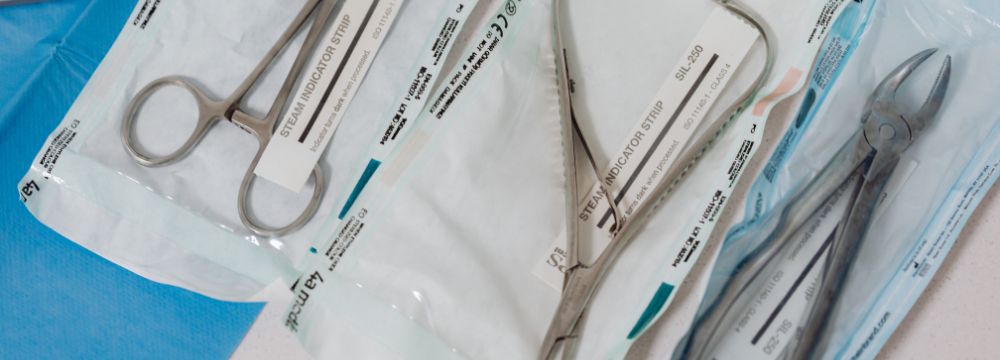Is Coffee a Good Option After Bariatric Surgery?
Dr. Tsuda’s Key Points
- Minimal coffee within the first six months after surgery
- Longer-term coffee is OK and even protective
- Minimize what you put IN the coffee
- As with most foods and drinks, moderation is the key
Why Does Acid Reflux Occur After a Gastric Sleeve? And What We Can Do
Dr. Tsuda’s Five Key Points
- New or worsened GERD is possible after a gastric sleeve
- There is no way to predict who will experience this concern after surgery
- Fixing a hiatal hernia is one of the most effective ways to reduce the risk of post-sleeve GERD
- We have various surgical and non-surgical options for living with dealing with postoperative GERD
- Patients with poorly controlled or uncontrolled GERD before bariatric surgery may be best served by a gastric bypass
How Do PPIs Work Differently From Antacids?

Antacids like TUMS and proton pump inhibitors, or PPIs, like Nexium, Prevacid, generic omeprazole, and other similarly named over-the-counter drugs, are typically the first line of defense against mild to moderate acid reflux. These two kinds of medication work differently to achieve a similar result: reducing acid or acidity in the gastric juices, which helps eliminate the burn commonly associated with reflux.
How to Get off Wegovy/Ozempic & Zepbound/Mounjaro

All of us in the weight loss world understand the game changers that are GLP-1 receptor agonists like Wegovy / Zepbound, and their diabetes counterpart medications prescribed off-label for weight loss like Ozempic and Mounjaro. Millions more people now have access to these life-changing, and in some cases, life-saving drugs that can help them lose upwards of 20% of their excess body weight (though most will see less dramatic results). As we enter the second year of the “Ozempic craze,” where this drug went from relatively unknown to household names, they are still very popular and effective, but for many, the idea of how and when to stop them may be coming into view.
When You Can Start Running After Bariatric Surgery

Many of our bariatric surgery patients lose enough weight and have a significant improvement in their health and mood, and they feel invincible just a few months after bariatric surgery. This motivation often gets them through the difficult early months, but it is also a sentiment that can lead to overexertion and injury. Many of our patients look forward to running as their exercise of choice.
Testosterone Replacement Therapy in the Bariatric Patient

With the proliferation of health clinics around the United States and a multitude of online pharmacies, there has been a renewed fever-pitch discussion on testosterone and its effect on bodily function. Believe it or not, testosterone is necessary in both men and women, and both genders tend to lose some of this hormone as they age. As such, both men and women need to be aware of their testosterone levels, despite women only needing about 1/10 of the amount of testosterone required by men.
Let’s discuss a little bit more about the consequences of low testosterone.
Multi-Day Water Fasting. Appropriate for Bariatric Patients?

It seems you can’t turn anywhere on the Internet without seeing information about newfangled diets and biohacking tactics. These have become discussion topics among podcasts and social media influencers within and outside the medical community. With all this information swirling on the Internet and reports of some people spending millions each year to stay “young” and healthy, what do we know works, and what is simply clickbait and a money-making tactic?
Is a Smoothie Diet a Good Idea After Bariatric Surgery?

Smoothies are a big part of many bariatric patients’ postoperative life. This is primarily because we need so much protein that we often can’t get enough from our meals alone. Protein shakes become a great way to fill that deficit while enjoying something that tastes Good and contains essential nutrients. Protein shakes are usually used as a supplement for a meal each day but can also be used to get over the protein hump outside of meals.
However, you may have heard about smoothie diets that many celebrities and laypeople alike have employed with varied success in losing weight and feeling better. Does a smoothie diet make any sense after a bariatric procedure, and can it get you over the hump to your final weight loss goals?
Comparing Bariatric Procedures in 2024

As we wrap up 2023 and enjoy the holidays, we quickly turn to the new year with a desire to improve our lives and health. Many of you may be considering bariatric surgery, especially with the advent of weight loss injections that have brought new light to the treatment of excess weight and obesity. If you have ever thought about bariatric surgery in the past, you may have some preconceived notions. With so much innovation over the past few years, we must revisit the most performed bariatric surgeries to help you understand what may be best for you.
What Percentage of Stomach Do You Remove During a Gastric Sleeve?

Why is this the wrong question, and why does your surgeon answer it anyway?
The main goal of laparoscopic sleeve gastrectomy for weight loss is to reduce hunger and caloric intake by removing most of the stomach and leaving a stomach tube or sleeve. Many patients ask, “What percentage of my stomach are you removing?” And often, they get a standard answer that ranges from 75% to 90%.
However, while many surgeons will say this to give the patient a general idea, the answer should be “It depends.” Furthermore, the right question should be, “What amount of stomach will be left behind?”





